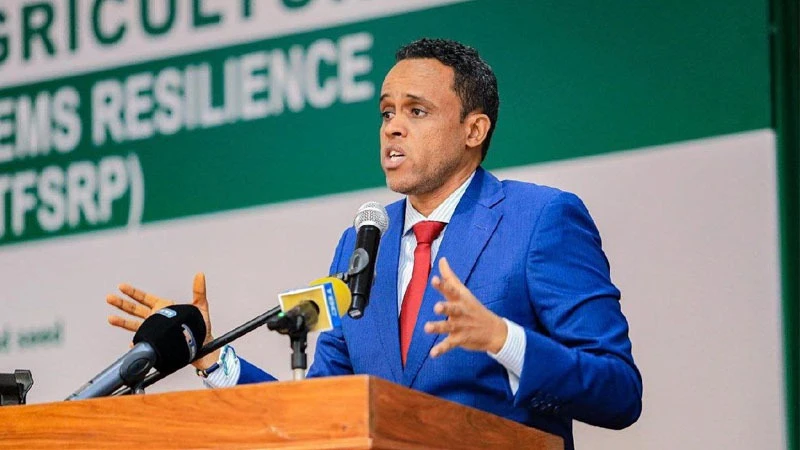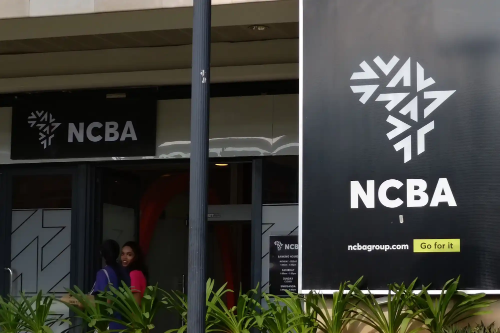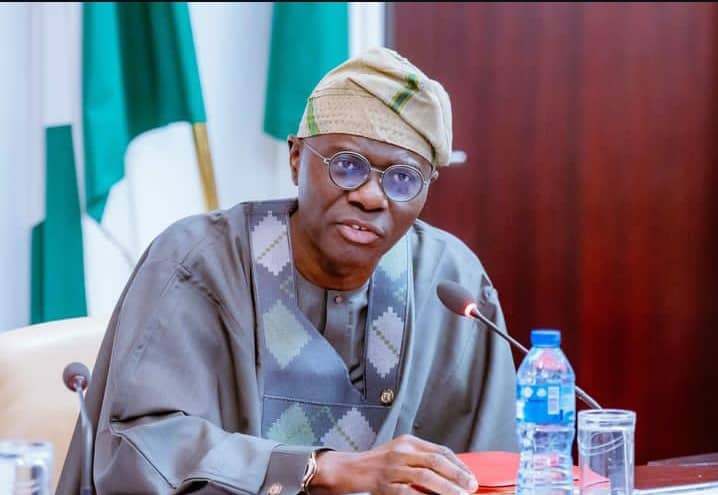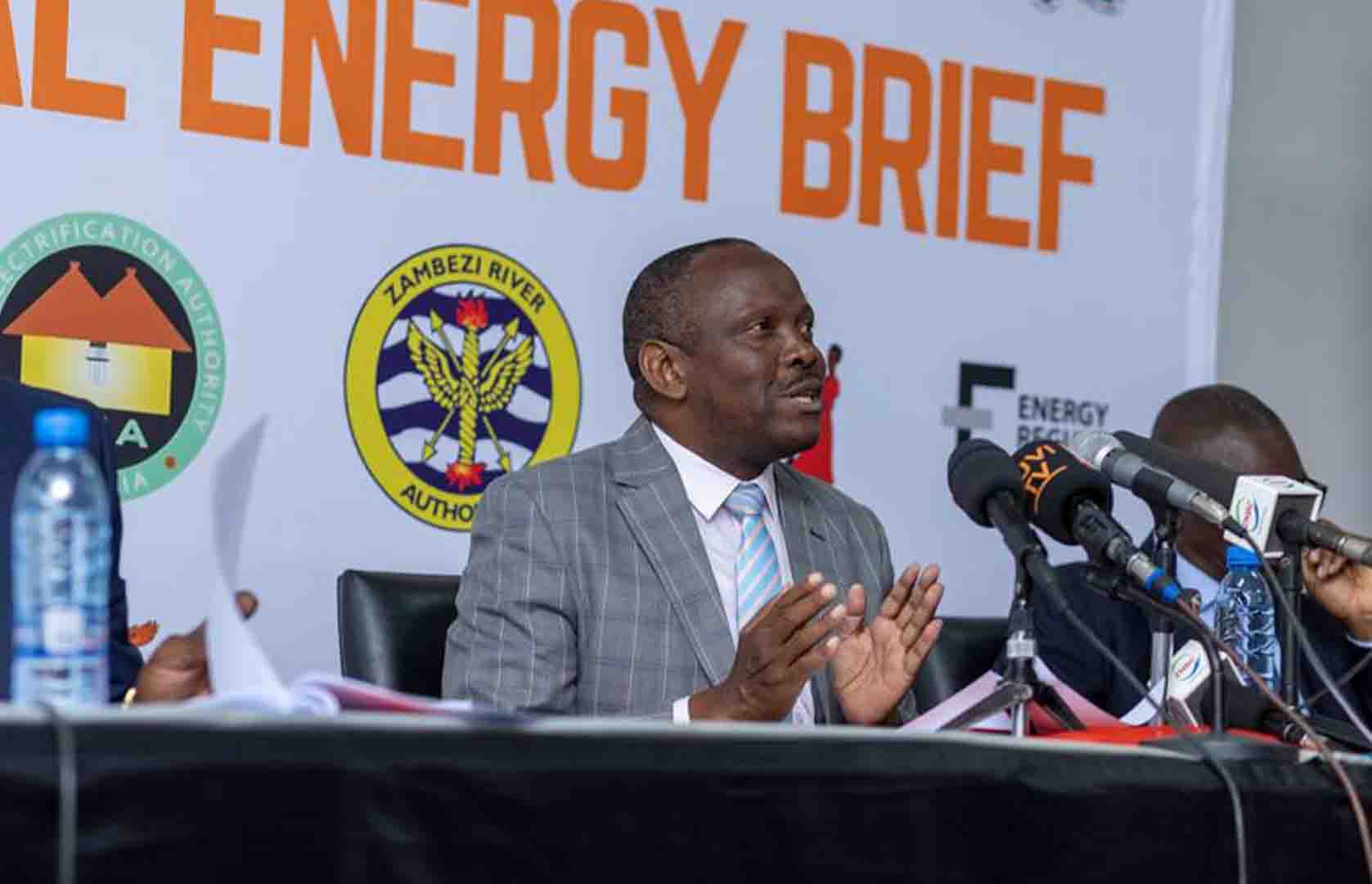Green Investment Deepens Côte d’Ivoire Energy Market
AXIAN invests USD 58 million in Côte d’Ivoire’s solar grid expansion as CL=F volatility drives fuel-cost savings; Eurobond 2032 yields steady near 6.5% while EMB reflects tightening frontier spreads amid accelerating private renewable capital inflows.
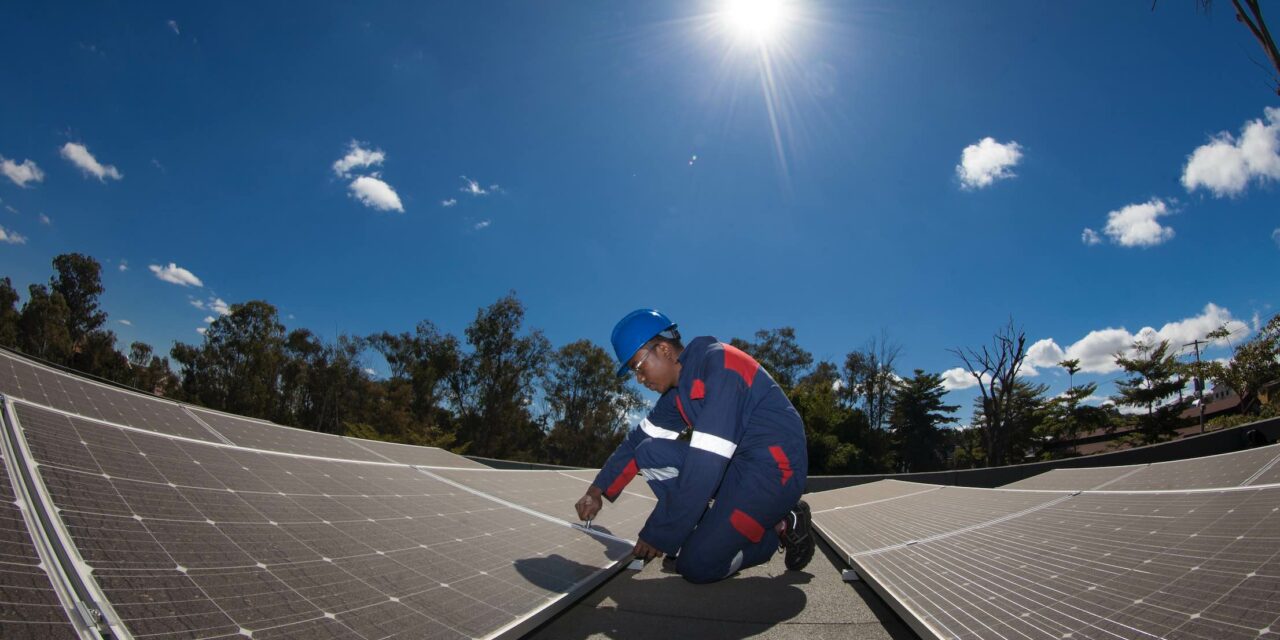
AXIAN Energy’s USD 58 million investment in a solar plant in Côte d’Ivoire represents a defining step in the region’s energy financing architecture. It reflects how West Africa’s most stable economy is reallocating capital formation from the sovereign balance sheet to private investors while sustaining a growth trajectory above 6%. Electricity demand is rising by around 5% annually, and the government aims to lift the renewable share of installed capacity to roughly 30% by 2030, from about 17% today excluding hydro.
The independent power producer model adopted for AXIAN’s project transfers construction and operational risk to private partners under long-term, cost-indexed power-purchase agreements, insulating public finances while preserving tariff stability in a low-inflation, euro-pegged environment.
The structure turns fiscal constraint into an efficiency tool. A 25 MW plant operating at a 22% capacity factor is expected to generate about 48 GWh annually. At an avoided fuel cost of roughly USD 0.12 per kWh, this substitutes USD 5–6 million in diesel imports—around 0.007% of an USD 80–85 billion economy. The project reduces carbon emissions by an estimated 28 000–30 000 tons per year, cutting the system’s exposure to global oil volatility (CL=F) and narrowing the budget’s energy-subsidy gap. While modest in level, the fiscal effect compounds through volatility reduction: fewer thermal outages lower industrial downtime, temper imported-fuel demand, and stabilise consumer prices.
Macro transmission runs through productivity rather than stimulus. Hydropower accounts for more than 60% of generation, leaving output vulnerable to drought cycles that have historically trimmed 0.5–1 percentage point from annual GDP. By broadening the renewable mix, Côte d’Ivoire compresses that volatility band and strengthens the manufacturing base, which represents about 15% of GDP.
Higher grid reliability raises utilisation rates across agro-processing and building materials, supporting export earnings and tax receipts. A one-point improvement in supply reliability typically adds 0.3 points to industrial growth, translating into a measurable fiscal dividend via VAT and trade revenue. Over time, predictable tariffs and private-sector discipline can lower the state’s recurrent transfers to the utility sector and reallocate budget capacity to transmission and social infrastructure.
Financially, the reform aligns with Côte d’Ivoire’s credit profile. Eurobond yields on the 2032–2035 curve trade around 6–7%, among the tightest in frontier Africa, supported by a fiscal deficit below 3% of GDP and external reserves covering roughly five months of imports. As privately financed renewables expand, contingent liabilities fall, reinforcing the sovereign’s investment-grade aspiration. Global risk appetite, reflected in the EMB ETF, has improved in 2025, and the emergence of asset-backed renewables provides a new entry point for green-bond and infrastructure mandates.
The peg to the euro through the BCEAO system anchors currency stability, but operational cash-flow risks persist. A 10% delay in tariff payments or a 180-day receivable stretch can compress equity internal rates of return by 150–200 basis points, elevating the cost of capital for future IPPs.
Execution remains the key test. Achieving the 2030 energy target will require USD 2.5–3 billion in cumulative renewable investment, dependent on faster permitting, standardised PPAs, and robust credit enhancement for state utilities. Regulatory inertia could stall momentum; conversely, a scalable, transparent pipeline would compress sovereign-project spreads and deepen regional capital markets. The broader economic signal is one of policy maturity: Côte d’Ivoire is proving that frontier economies can finance growth through private efficiency rather than public leverage.
Over 2025–2028, the validation metrics are explicit: cumulative private renewable inflows exceeding USD 200 million, installed renewable capacity approaching 500 MW, energy-sector subsidies falling below 1% of GDP, and Eurobond yields sustained under 7%. Meeting those thresholds while industrial growth averages 4–5% annually would confirm a structural transition from debt-led expansion to asset-anchored development. If not, the risk premium will widen back toward historical averages, and the fiscal narrative will revert to constraint management instead of reform credibility.


